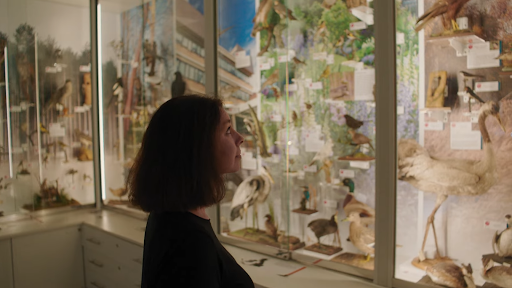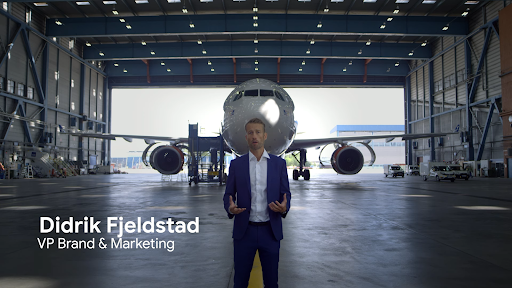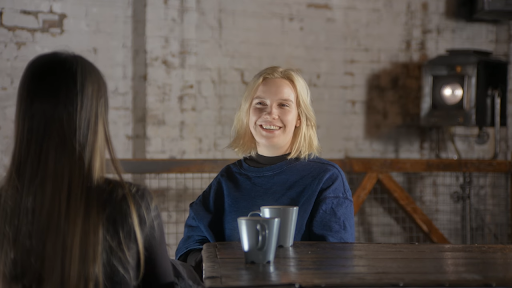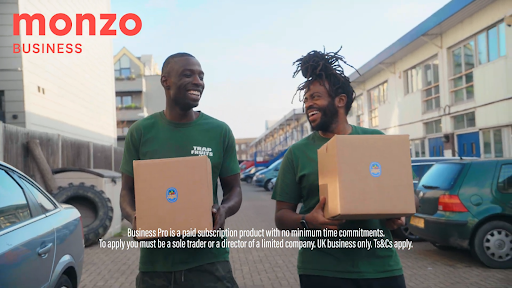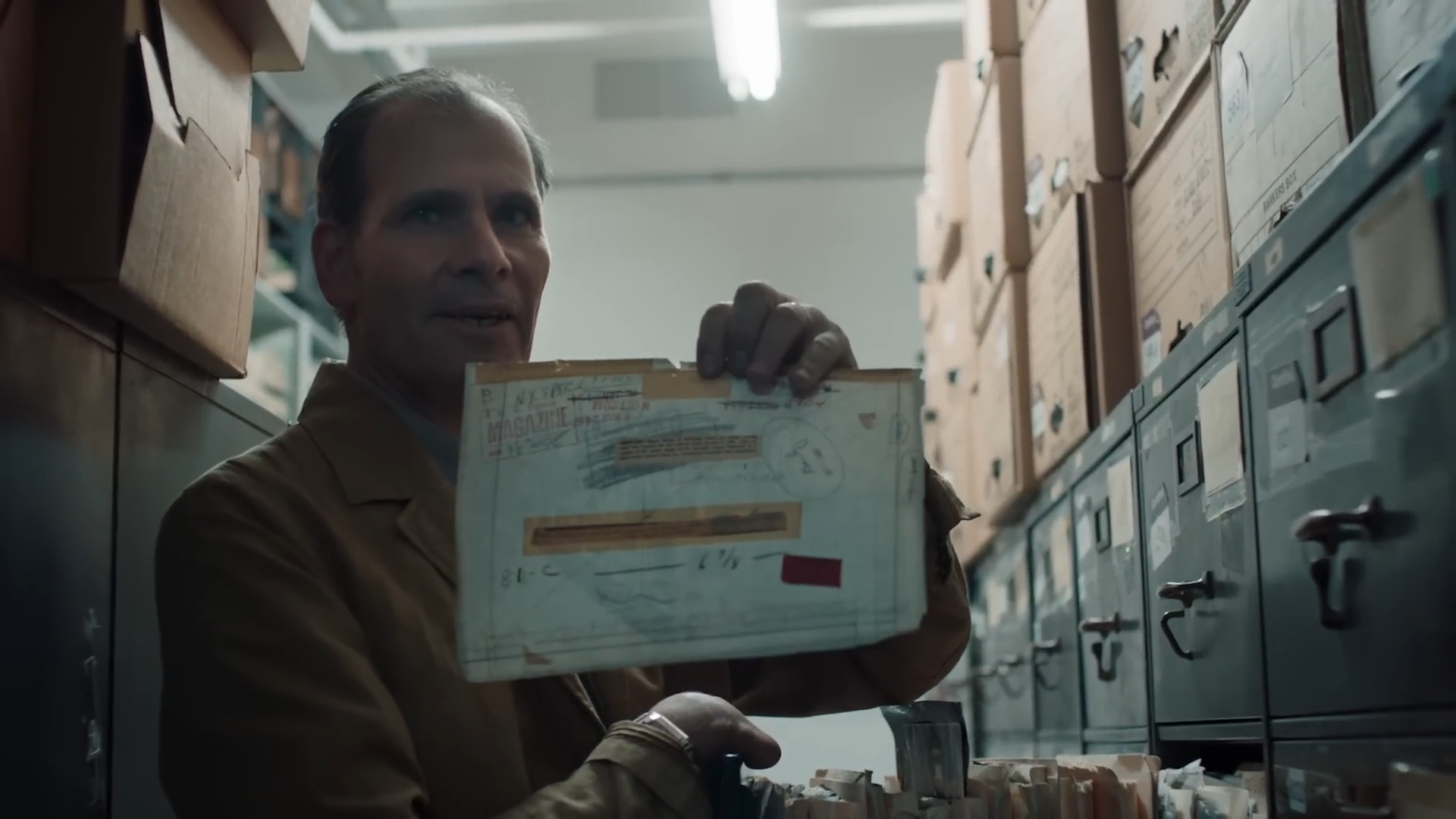There are good reasons B2B marketers use client case studies as a key part of their arsenal: as well as offering a reassuring testimonial, they help potential customers to see how their own problems could be solved through the eyes of their peers.
It’s tempting to think the job is sticking a camera in front of your client and hoping they say something nice about your product. But from having produced dozens of films over the years for the likes of Google, Monzo and Deepmind, we’ve found certain approaches deliver a much more effective final piece.
So, whether you currently work with us or not, we hope the following checklist will prove useful when you’re next reviewing a treatment or proposal.
✅ Is there a clear journey in the narrative?
Often case studies dive straight into product features and benefits, which in some contexts can seem overly-salesy and turn viewers off. Ultimately, allowing participants to tell a story about their own journey is a more satisfying way of showing the impact of your product. Think of your film as a mini-documentary, and your interviewees as the heroes of the story. After all, if they appear heroic in their jobs, their peers are more likely to want to follow the same path!
A simple 5 act storytelling structure can help:
- Act 1: Set the scene: what is the organisation and what market does it serve?
- Act 2: They have a problem!
- Act 3: Their journey leads them to X product
- Act 4: They implement the solution (and solve some challenges along the way)
- Act 5: Here are their (great) results
Our case study for DeepMind showed how scientists unraveled a real mystery using AlphaFold
✅ Will the storytelling come through visually as well as verbally?
Our #1 rule is “no shots of people standing around a computer, pointing at the screen”. Clichéd tropes signal to the viewer that the content itself is going to be tedious. In fact, as much as possible, we try not to film in offices at all.
Interesting locations – along with the time and resources to capture great footage in them – make a film more visually engaging, while also bringing to life how the benefits of a digital product are felt at the core of what a business does.
For Google we filmed a case study of sports streamer DAZN at a premiership ground, for LUSH at their factory in Dorset and for eBay NL on the streets of Amsterdam.
For SAS and Google we even managed to film inside an airplane hanger in Stockholm airport
✅ Do we have the right people to communicate the message?
Instinct might tell you that the most senior person at a company is best placed to speak on behalf of it. We’ve found that, while the C-suite can paint the big picture, those closer to work itself sometimes offer more nuanced drops of wisdom. Ideally, get multiple people to offer different perspectives.
One film we made didn’t follow an interview format at all, but involved various employees of media agency Brainlabs and their client Deliveroo, talking to each other about a successful piece of work.
Having enough time for everyone to get comfortable in front of the camera, can make a huge difference to the final edit
✅ Have we considered all the ways the footage could be used before we film?
Five years ago, we’d produce a single 2 minute video that would sit on YouTube or be played out at an event. Now we increasingly use testimonials as the core for entire campaigns.
Go in with a plan for everything you might use the footage for, and give yourself time to capture the same talking point delivered in different ways. For instance, for a longer film you might want something more natural and conversational, whereas a 6-second bumper needs a single line that gets to the point.
Our recent campaign for Monzo Business bank accounts used the stories of three businesses. We recut the footage to create assets that worked through the whole marketing funnel, from a full 90-second case study, to 15-second pre-rolls to drive awareness, 6-second CTA assets, and photography used in programmatic animations and stills.
Ok here it is… (probably) the best case study ever made
A bit of creative jealousy is no bad thing. When planning for a shoot, we sometimes talk about a film made for Google Cloud about their partnership with the New York Times as the benchmark we’d like to hit. With a truly cinematic opening scene, it's a film that then both covers the key product points and is a genuinely interesting watch in its own right.
Ultimately, a case study is like any piece of filmmaking: by investing time to develop the right story, cast the right people, source the best locations, and film and edit in a way that captures the attention of viewers, the end result will be much more engaging.
In marketing, that means more effectively achieving your goals.
If you’re interested in how we would approach your next case study or B2B campaign, drop us a note for an initial chat or proposal.

